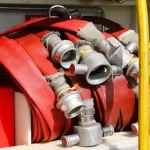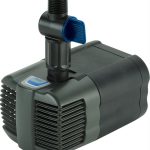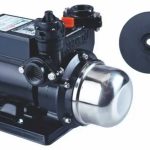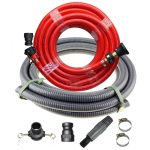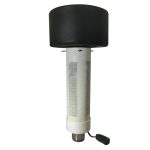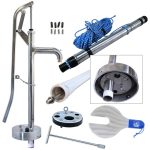Fire is one of the most sudden dangers we face. It can start small, but in only minutes it grows big and fast. Homes, shops, farms, and even open lands can all face this risk. A fire pump with a good hose kit is one of the most helpful tools to fight flames early. But a tool is only useful if it is used right. Many people store a hose kit near their pump but never think about safety until the moment comes. That is a mistake. Using a hose kit without care can waste time, waste water, and even put lives in danger. This is why learning hose kit safety is so important.
In this guide, we will talk about how to use a fire pump hose kit the right way. We will keep the words simple, the steps clear, and the ideas easy. When you finish reading, you will know how to check, connect, use, and care for your hose kit so that you and your family or team are safe during fire emergencies.
Why Safety Matters with Hose Kits
A hose kit may look simple, but it is made of many parts. The hose itself, the couplings, the nozzle, and the pump connection all need to work together. If even one part fails, water may not reach the fire in time. Fires spread in seconds, so mistakes can cost more than damage—they can cost lives. Safety is not only about handling the hose during the fire, it is about making sure the kit is always ready. The truth is, the best time to care about safety is before the emergency happens.
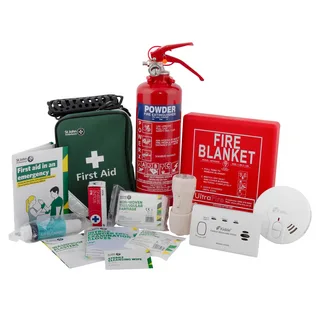
Checking Your Hose Kit
The first and most basic safety tip is to always check your hose kit. Do this often, not just when smoke is already in the air. Look at the hose for cracks, cuts, or worn spots. If a hose is weak, water pressure can break it. Also, see if the couplings are still strong and tight. Loose fittings mean leaks, and leaks waste water and lower pressure. The nozzle should open and close smooth. If it is stuck, you will not be able to aim the water. Keep the kit in a place that you can reach fast. If it is locked away or hidden under heavy items, you lose time.
Think of this like a health check for your hose kit. Just as people go to the doctor for a check-up, your hose kit also needs a quick look every now and then. A few minutes of checking can save hours of trouble later.
Handling the Hose
A hose is simple, but many people use it the wrong way. One of the most common mistakes is not unrolling it fully. A folded or half-rolled hose stops water flow. This makes pressure weak, and water may not reach the fire. Always stretch the hose all the way out. Keep it as straight as you can. If the hose has kinks or sharp bends, water will slow down or even stop.
When moving the hose, do not drag it over rocks, nails, glass, or sharp tools. These things cut the hose. Also, avoid placing it over fire-hot ground. Heat makes hose material weak and easy to break. Hold it in your hands and guide it. When you treat the hose with care, it will serve you longer and safer.
Connecting the Hose to the Pump
The fire pump is the heart, but the hose is the arm that delivers water. Both must connect strong. Before you start the pump, check that the hose is linked tight to the outlet. If it is loose, pressure will push it off, and water will spray everywhere except where you need it. Many pumps have quick-connect fittings, while some use threaded couplings. Learn your pump type and practice connecting the hose before an emergency.
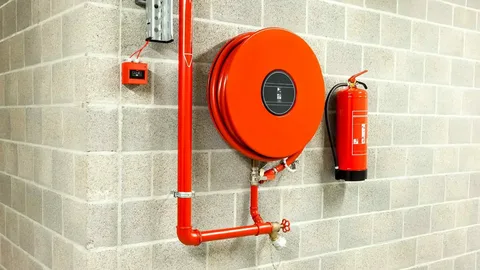
It is also smart to prime your pump and test the water flow for a few seconds before facing the fire. This makes sure the hose is ready and you have no surprises when you need strong pressure. A safe and firm connection is one of the most important tips because it makes the whole system work smooth.
Using the Hose During Fire
Now comes the real test. Fire creates fear, smoke, heat, and noise. Staying calm is hard, but it is the most important rule. When you aim the hose, never spray at the flames’ top. Always aim at the base of the fire. That is where the fuel burns. If you spray at the top, water will not stop the fire, and you will waste pressure.
The nozzle should be in your hand with a strong grip. Water from a fire pump has high force, and if you are not ready, the hose can push you back. Hold it firm with both hands if you can. Keep some distance from the fire. Standing too close means heat, smoke, and falling debris may hurt you. A little distance gives you space to act safe.
Remember that fire also makes smoke. Smoke is dangerous to breathe and blocks your sight. Stay low when smoke is heavy and never fight fire in a place where you can get trapped.
Teamwork Makes Firefighting Safer
It is very hard for one person to fight fire alone with a hose kit. If you have others around, work as a team. One person should stay with the pump to keep it running smooth. Another person can guide the hose and aim the water. If the fire is larger, more people can help stretch the hose or manage the nozzle.
Clear communication is key. Shout short words, use hand signals, or make a plan before starting. If people are confused, accidents happen. Teamwork not only makes the task easier, but it also makes it safer for everyone involved.
Caring for the Hose Kit After Use
Once the fire is out, many people forget about the hose kit. They leave it wet and dirty. This is not safe. After use, always drain all water from the hose. If water stays inside, it can rot the lining and make the hose weak. Roll it neatly so it is ready for next time. Store it in a dry, cool place. If you saw any damage during the fire, fix it right away. Replace broken parts or buy a new hose if needed. A hose kit is not something you should risk using half-broken.
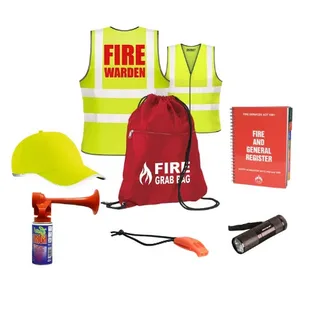
Proper care after each use is what makes your hose kit last longer. Think of it like cleaning up tools after work. When tools are cared for, they serve well again and again.
Training and Practice
One of the most powerful safety tips is practice. Many people buy a pump and hose kit but never try them until a real fire happens. That is a mistake. During an emergency, there is no time to learn. Practice before you need it. Run small drills where you connect the hose, start the pump, and spray water. This builds speed and confidence.
If you live with family, train them too. If you run a farm, shop, or workplace, train your workers. Everyone should know at least the basics. Practice also shows you problems. Maybe the hose is too short, or the storage spot is too far. You can fix these issues before it is too late.
Final Thoughts
A hose kit for fire protection is more than a tool. It is a shield, a helper, and sometimes a life saver. But only if it is used with safety in mind. Fires are fast and fierce, but when you are ready, you have a chance to stop them. By checking your kit often, handling the hose with care, making strong pump connections, aiming the water right, working as a team, and practicing often, you keep yourself safe. Safety is not about fear. Safety is about control. With a safe and ready hose kit, you take control in a fire emergency. And that control can save lives, homes, and dreams.


